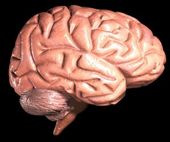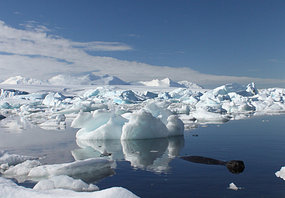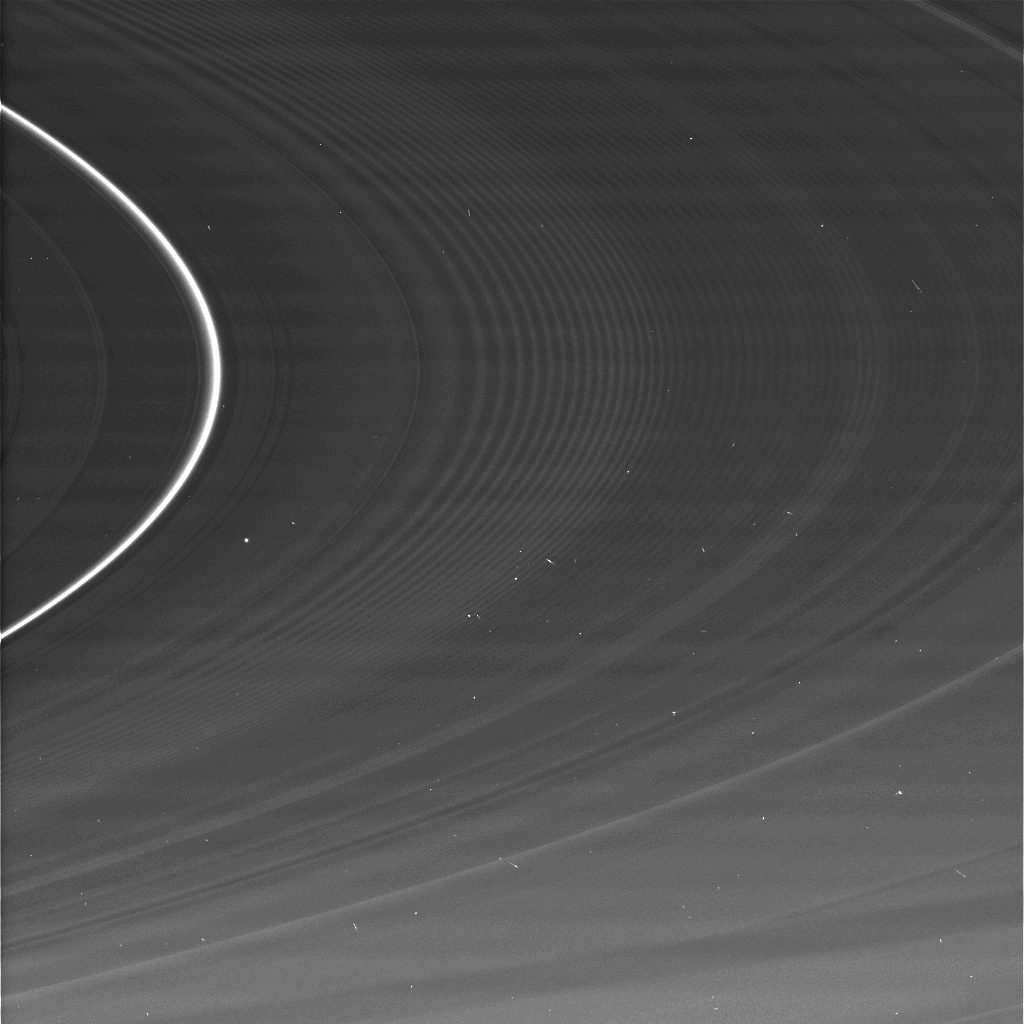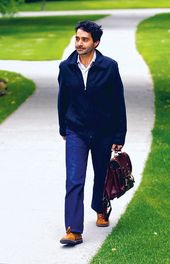
© unknownEven in people who have been blind since birth the brain still separates the concepts of living and non-living objects, new research shows.
For unknown reasons, the human brain distinctly separates the handling of images of living things from images of non-living things, processing each image type in a different area of the brain. For years, many scientists have assumed the brain segregated visual information in this manner to optimize processing the images themselves, but new research shows that even in people who have been blind since birth the brain still separates the concepts of living and non-living objects.
The research, published in the Cell Press journal
Neuron, implies that the brain categorizes objects based on the different types of subsequent consideration they demand - such as whether an object is edible, or is a landmark on the way home, or is a predator to run from. They are not categorized entirely by their appearance.
"If both sighted people and people with blindness process the same ideas in the same parts of the brain, then it follows that visual experience is not necessary in order for those aspects of brain organization to develop," says Bradford Mahon, postdoctoral fellow in the Department of Brain and Cognitive Sciences at the University of Rochester, and lead author of the study. "We think this means significant parts of the brain are innately structured around a few domains of knowledge that were critical in humans' evolutionary history."




